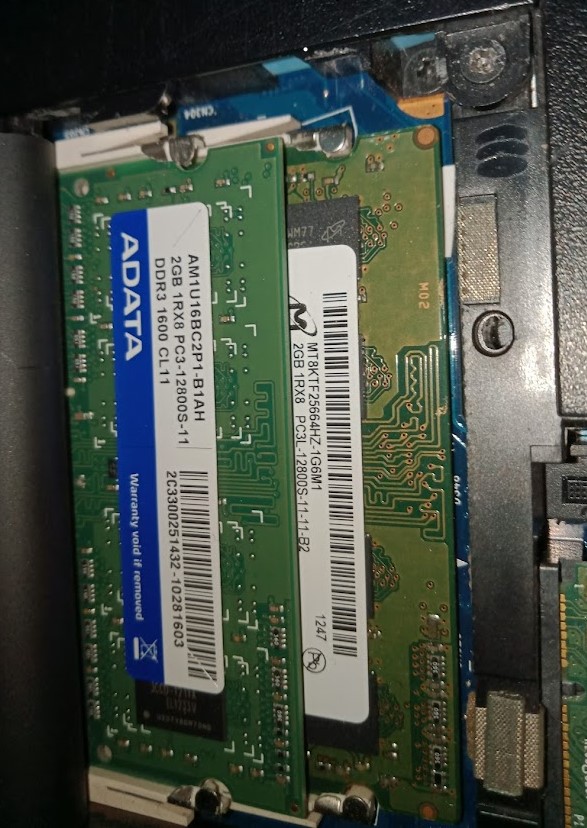Comparing: SanDisk Cruzer Blade 32GB vs DDR3 SODIMM 1066MHz [Disk]
In this comparison, we analyze two Disks: SanDisk Cruzer Blade 32GB and DDR3 SODIMM 1066MHz [Disk], using synthetic benchmark tests to evaluate their overall performance. This side-by-side comparison helps users understand which hardware delivers better value, speed, and efficiency based on standardized testing. Whether you're building a new system or upgrading an existing one, this benchmark-driven evaluation offers valuable insights to guide your decision.

SanDisk Cruzer Blade 32GB
| Type: | Disks |
|---|---|
| Model: | Cruzer Blade 32GB |
| Capacity: | 32GB |
| Interface: | USB 2.0 |

DDR3 SODIMM 1066MHz [Disk]
| Type: | Disks |
|---|---|
| Model: | DDR3 SODIMM 1066MHz [Disk] |
| Capacity: | 2GB |
| Interface: | DDR3 |
Specification Comparison Table
| Specification | SanDisk Cruzer Blade 32GB | DDR3 SODIMM 1066MHz [Disk] |
|---|---|---|
| Brand | SanDisk | - |
| Format | USB FlashDrive | RAM Disk |
| Capacity | 32GB | 2GB |
| Interface | USB 2.0 | DDR3 |
Submission Comparison Table
| Benchmark Software | SanDisk Cruzer Blade 32GB | DDR3 SODIMM 1066MHz [Disk] |
|---|---|---|
| ATTO Disk Benchmark - 64M |
Read: 25.10 MB/s Write: 10.65 MB/s |
Read: 1020.00 MB/s Write: 1080.00 MB/s |
| Cross Platform Disk Test |
Read: 27.05 MB/s Write: 11.01 MB/s |
Read: 658.01 MB/s Write: 265.28 MB/s |
| CrystalDiskMark |
Read: 26.99 MB/s Write: 20.71 MB/s |
Read: 746.24 MB/s Write: 828.18 MB/s |
About Hardware SanDisk Cruzer Blade 32GB
The SanDisk Cruzer Blade 32GB is a USB 2.0 flash drive with a minimalist and lightweight design. With a 32GB capacity, it's enough to store a moderate amount of documents, music, photos and videos.
Although its transfer speed is not as fast as USB 3.0, it remains a popular choice due to its reliability and affordable price.
Sunday, 22 May 2022 04:01:08 | Update: 1 month ago
About Hardware DDR3 SODIMM 1066MHz [Disk]
DDR3 SODIMM 1066MHz is a DDR3 SODIMM RAM module with a speed of 1066MHz, typically used in laptops or other compact devices. In a standard system, this RAM serves as the main memory for running applications and the operating system.
However, in specialized use, this RAM is configured as a RAMDisk, which is a temporary storage that utilizes RAM capacity to significantly increase data access speed compared to SSDs or HDDs. This use of RAMDisk allows for temporary storage of temporary files, application caching, or data processing with very low latency. In this experiment, RAMDisks are used to store data and test read and write speeds.
Wednesday, 26 December 2012 14:27:32 | Update: 1 month ago
